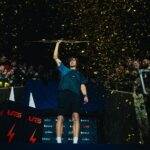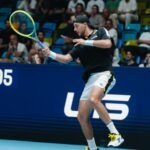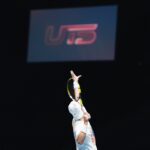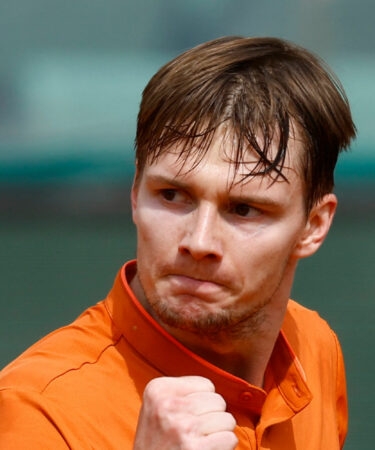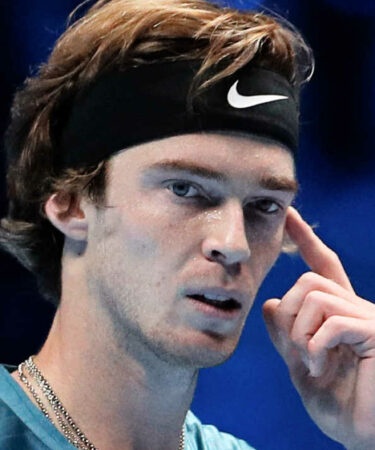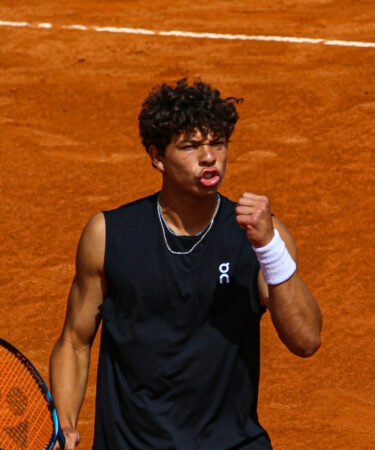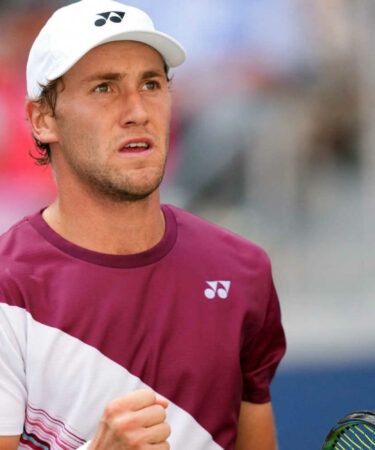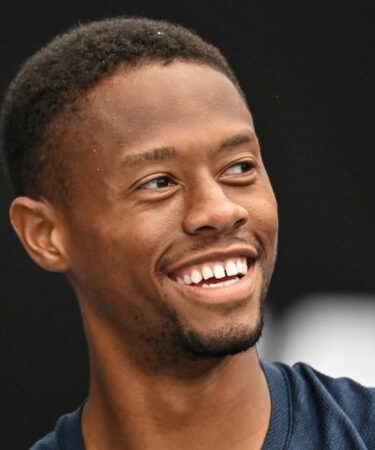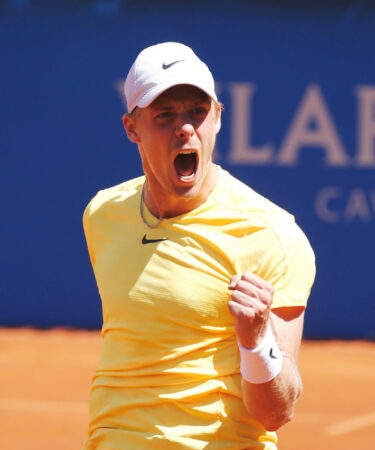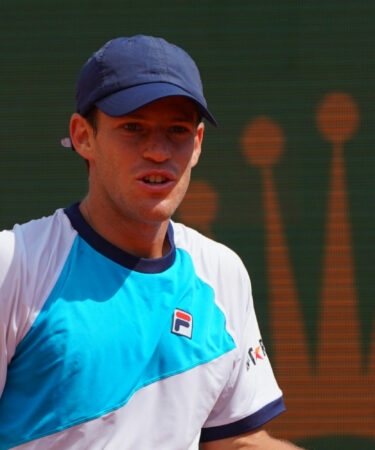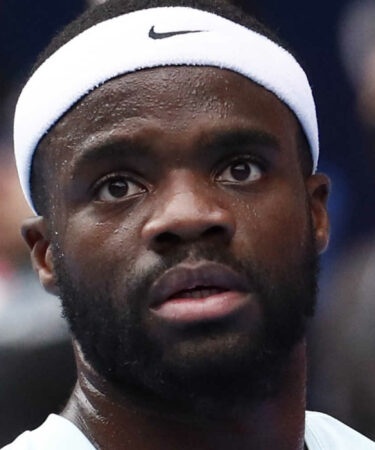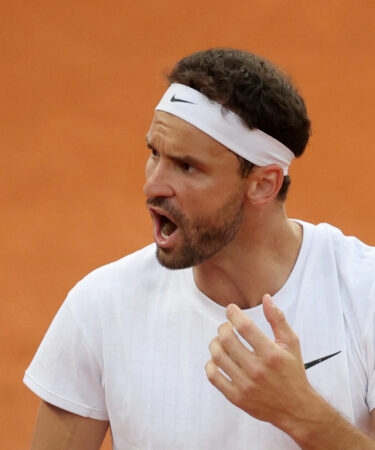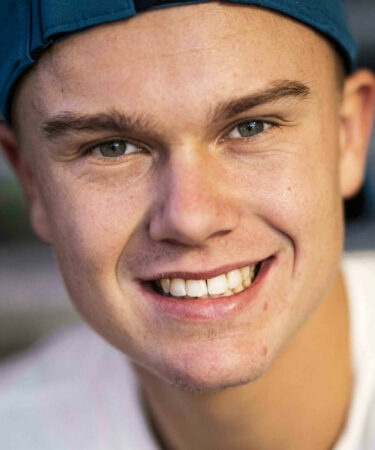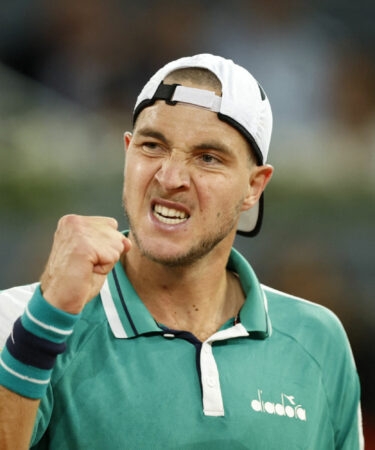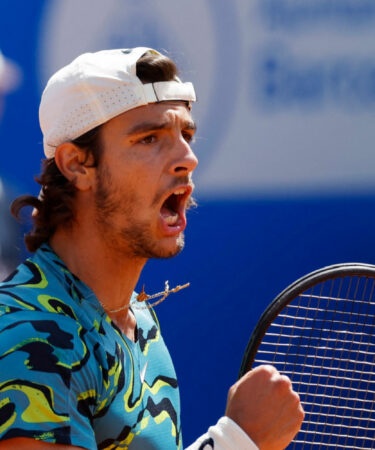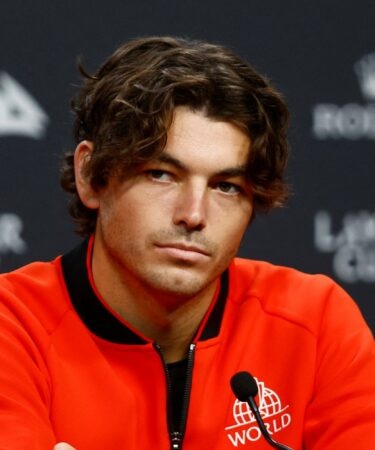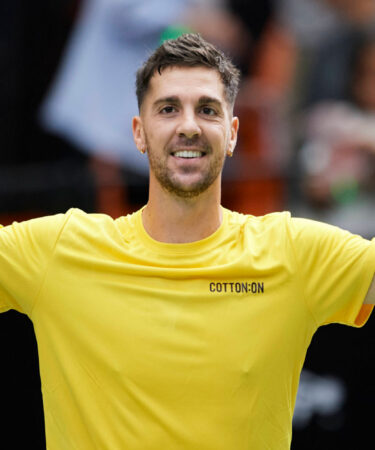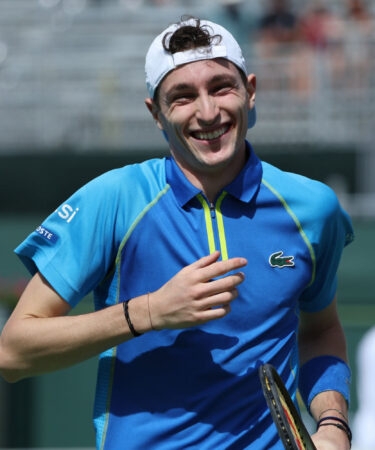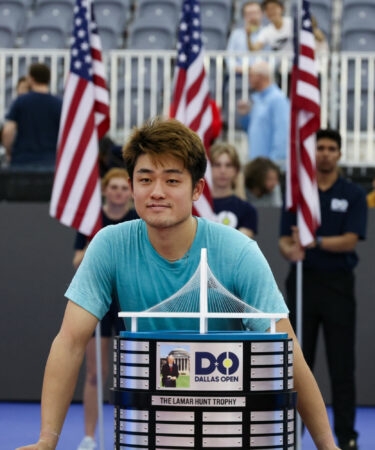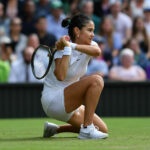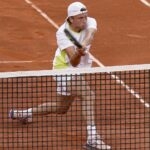UTS through stats: an enlightened look at this innovative competition
From their win percentage to the time taken to win their points, we take a look at which players are recording the best – and worst -numbers
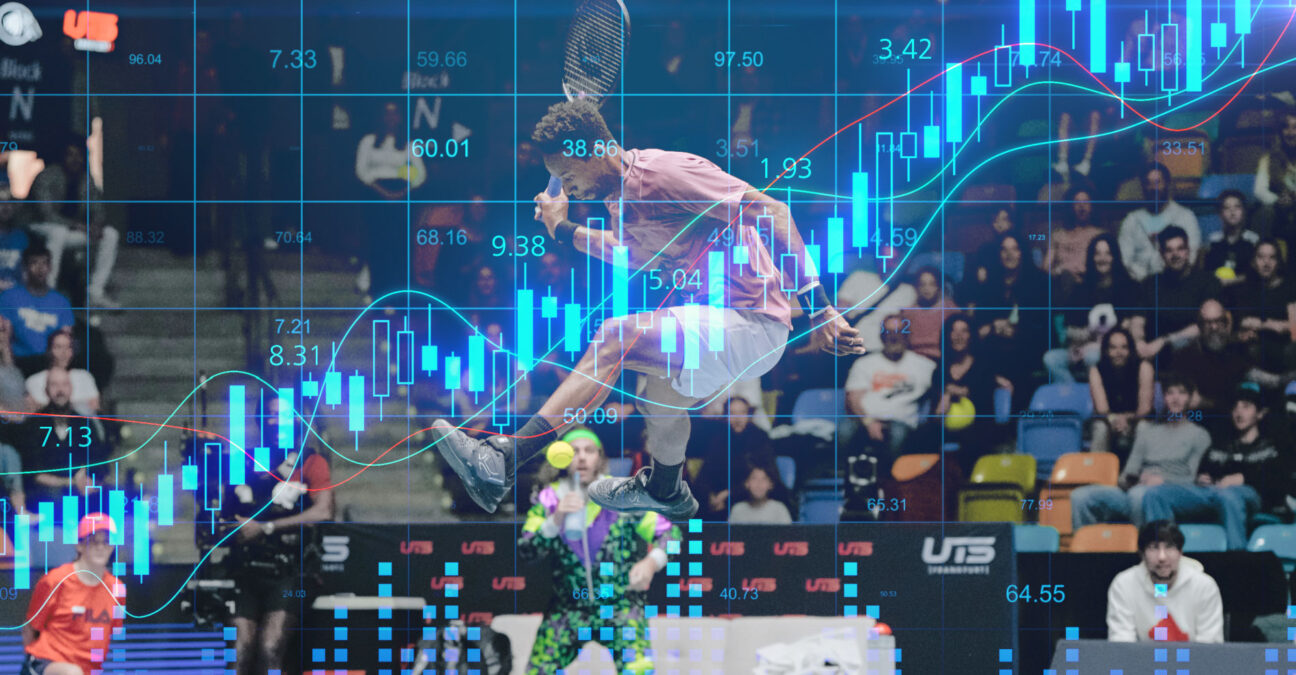 Gaël Monfils, UTS Frankfurt 2024 – © UTS / Tennis Majors
Gaël Monfils, UTS Frankfurt 2024 – © UTS / Tennis Majors
Statistics can sometimes twist reality, depending where the emphasis is placed. But in UTS, where every single point counts, stats are the perfect way to chart how players perform under the pressure of the fast-paced competition.
Starting with UTS Los Angeles, and based on players who have played at least three matches, the stats focus on four areas; win percentage, sudden death wins, rally (average time to win a point) and pressure, which equates to the success percentage when using or facing the UTS bonus card.
It makes for fascinating reading, with some surprises and some not quite so surprising numbers, all of which offer an intriguing insight into who’s performed well and who’s struggled in each part of the game.
WIN PERCENTAGE; PERFECT DRAPER, POOR THIEM
Jack Draper probably thinks UTS is easy; the Briton arrived at the UTS Grand Final last year as a wildcard, having never experienced all the nuances of the competition before – one serve, 15 seconds between points and so on – but Draper turned expectations on their head by winning all five of his matches to take the title.
Playing on home soil on an indoor court that suits his game were doubtless contributing factors, but the left-hander has the best win percentage of anyone, with 100 percent from five matches.
Taylor Fritz – “The Hotshot” and Wu Yibing – “The Great Wall” have been almost as good, recording 80 percent in the win category, a mean return for two players who like to go big. Like Draper, both men played five matches.
In general, it seems like practice makes perfect, or close to it. Andrey Rublev – “Rublo” – has played 16 matches at UTS, starting in LA, and has been very successful, winning 12, at 75 percent.
That puts Rublev at the top of the list behind Draper, with Casper Ruud – “The Viking” – third best at 62 percent (from 13 matches). Both men have heavy forehands, are aggressive from the baseline and have the kind of game-style that seems well-suited to UTS. Their serves are good, but not the key part of their game; instead, they want to attack from the baseline.
| PLAYERS | MATCH PLAYED | WIN % |
| Jack Draper | 5 | 100% |
| Taylor Fritz | 5 | 80% |
| Yibing Wu | 5 | 80% |
| Thanasi Kokkinakis | 4 | 75% |
| Lorenzo Musetti | 4 | 75% |
| Andrey Rublev | 16 | 75% |
No dream for Thiem
At the other end of the spectrum sits poor Dominic Thiem – “Dominator” – who went winless from his five matches across two UTS editions. The former US Open champion struggled for form in general after the wrist injury that ended up curtailing his career, prompting his retirement from the Tour in November, but he could not find a way in UTS.
Benoit Paire – “The Rebel” – hasn’t been much better, winning 23 percent of his 13 matches (3), and Gael Monfils also found it tough going, winning 35 percent of his 17 matches (5). But – and it’s a big but – La Monf put it all together in style to win UTS New York.
Interestingly, Jan-Lennard Struff – “The Thunder” – was also poor, winning just 1 of his six matches. The German possesses one of the biggest serves on the Tour but the one-serve rule reduces his potency and the format favours consistency over sheer winners.
Likewise, Denis Shapovalov – “Shapo” – another of the streakier players on Tour, has won just one of his five matches to date.
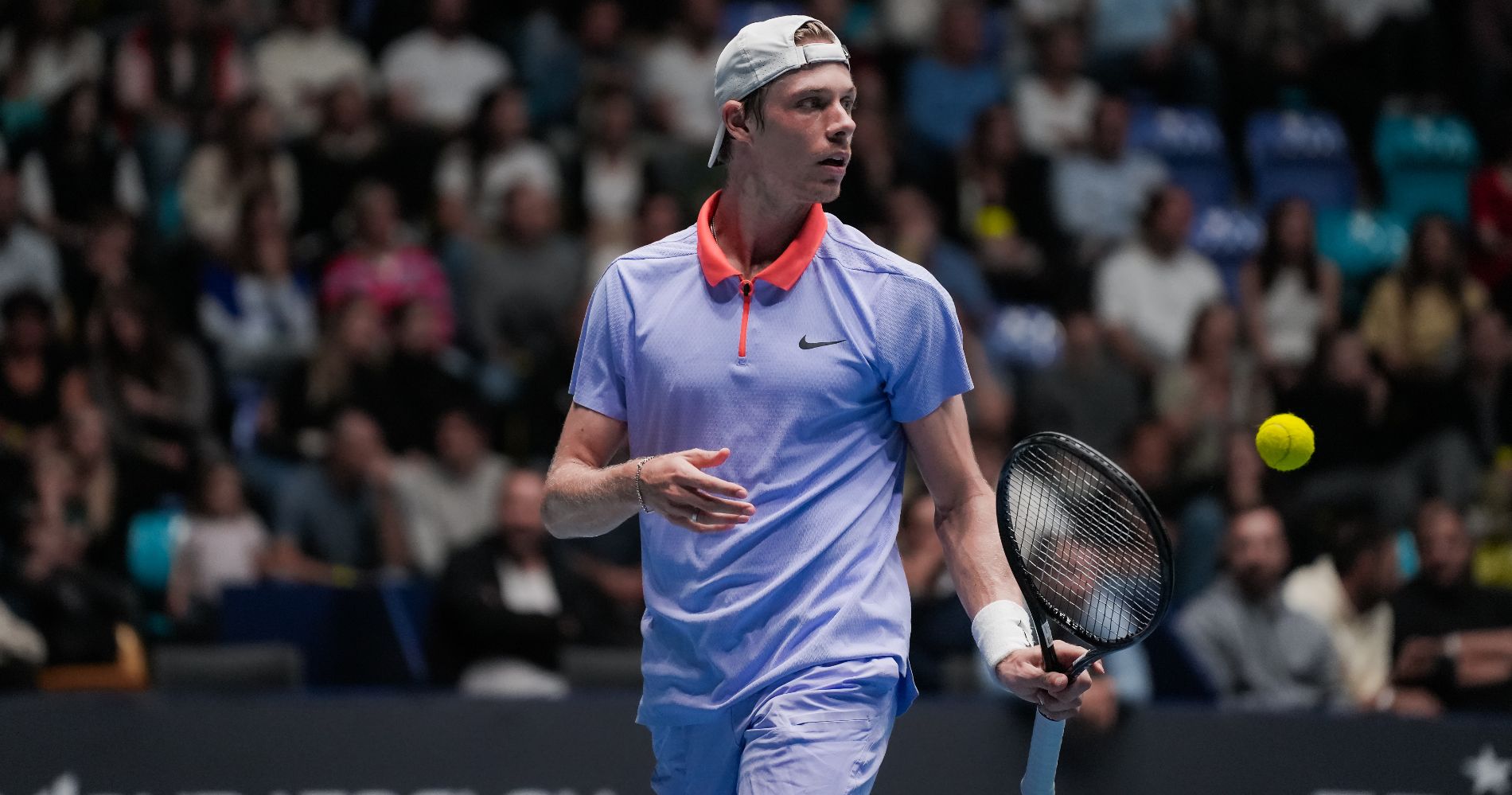
SUDDEN DEATH WIN PERCENTAGE; RUNE AND RUUD ARE MASTER
When you’ve played four quarters of eight minutes each with very little rest between, you probably appreciate playing sudden-death to decide the outcome. But the unique scoring format of sudden death in UTS, where every point after the opening point is a match point for one player (the player who wins two points in a row wins the match) is not for everyone.
It’s a test of mental strength and physical strength after the exertions of the previous four quarters. Each player included in this stat category has to have played at least two sudden death matches and it seems that consistency is also key to success here, with Ruud again prospering in this category. The Norwegian has won 100 percent of the time when he has gone to sudden death, matched only by Holger Rune – “The Viking” – with the pair well clear of the pack.
Ben Shelton – “The Mountain” – has the kind of serve that is perfect for UTS, a hybrid between first and second serve that allows him to be aggressive while retaining the consistency required. The American has won 80 percent of his matches that have gone the distance. Taylor Fritz – “The Hotshot” – and Wu Yibing – “The Great Wall” are on 75 percent, while Grigor Dimitrov – “G-Unit” – and Thanasi Kokkinakis – “Kokki” – are the only other two with a positive number, at 67 percent.
On the other end of the scale sits Paire on 17 percent.
| PLAYERS | MATCH PLAYED | SUDDEN DEATH WIN % |
| Casper Ruud | 13 | 100% |
| Holger Rune | 8 | 100% |
| Ben Shelton | 9 | 80% |
| Taylor Fritz | 5 | 75% |
| Yibing Wu | 5 | 75% |
| Thanasi Kokkinakis | 4 | 67% |
| Grigor Dimitrov | 5 | 67% |
| Diego Schwartzman | 10 | 33% |
| Alexander Bublik | 13 | 33% |
| Jan-Lennard Struff | 6 | 33% |
| Gael Monfils | 17 | 25% |
| Benoit Paire | 13 | 17% |
RALLY (AVERAGE TIME TAKEN TO WIN POINTS)
Now, this is where the attackers come into their own and it’s therefore no surprise to see the two streakiest players in UTS history at the top.
Shapovalov and Struff may make more mistakes than others, but when they win points, they tend to do it quickly, either on serve or with a big second shot, always looking to take the initiative. Shapo has the fastest average, at 4.4 seconds per point, marginally ahead of Struff on 4.5.
Next best is Christopher Eubanks – “The Rocket” – and Frances Tiafoe – “Big Foe” at 4.7 seconds. Neither of those two guys hold back much, either. Shelton is next on 4.9 seconds, alongside Alexander Bublik – “The Bublik Enemy” – while Rublev and Lorenzo Musetti – “The Illusionist” are both at 5 seconds on the button.
For all his power, Draper is actually second slowest to win his points, on average, at 6.6 seconds, beaten only for slowness by Kokkinakis, who loves a scrap but tends to work his way into points. The Aussie props up this category at 6.8 seconds. Diego Schwartzman – “El Peque” – and Dimitrov are slower at 6.4 while Thiem takes 6 seconds dead.
PRESSURE – SUCCESS PERCENTAGE WHEN PLAYING OR FACING A BONUS CARD
While the sudden-death category could potentially be a touch misleading – the more matches you play, the better a sense we have of their performance – every player has the opportunity to play his UTS bonus card in every quarter, and the vast majority of them do exactly that.
The card – offering three points to the winner – can turn a quarter on its head – or allow the leader to pull away for victory and when to use it is almost as important as how it’s used.
The Illusionist Lorenzo Musetti has the best win percentage with the card – or against his opponent’s card – with 63 percent, marginally ahead of Struff, who rocks in at 61. Alex de Minaur – “The Demon” and Fritz are both on 60 percent.
Rune (58), Tiafoe (57), Kokkinakis and Ugo Humbert – “The Commander” (56) are all decent, while Ruud and Schwartzman just about get in above the 50-percent mark at 53.
Somewhat surprisingly, the list is bottomed out by Dimitrov at 41 percent. The Bulgarian found things tough, physically, on his debut and perhaps lacked the firepower of some, but it’s still odd to see him at the bottom.
But the big surprise here is perhaps Shelton, who has managed just 45 percent. The left-hander has given his father, and coach, Bryan, a few headaches at times thanks to his choices where the card is concerned; maybe that’s why he’s well down the list.
In the end, of course, it’s the winning that matters but the numbers tell an interesting story themselves.
